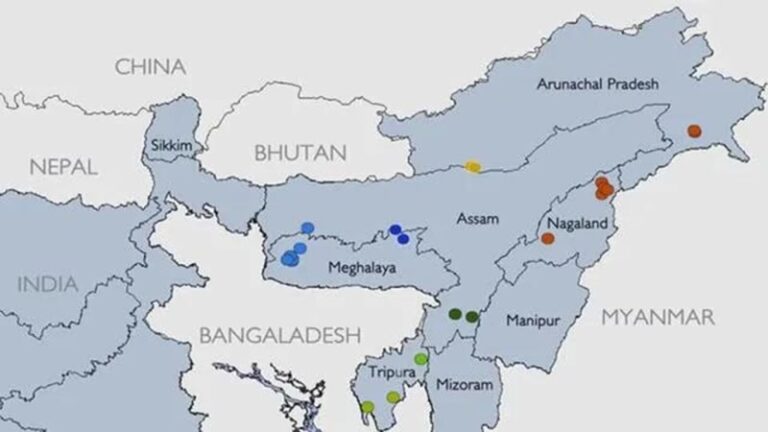2023 marks a significant milestone in India’s history as it witnesses changes in its statehood landscape. The country is renowned for its cultural and geographical diversity, given its population of more than 1.3 billion people. The number of states within the country has evolved over the years, and understanding how many states in India in 2023 is crucial to grasping the nation’s evolving political and administrative structure.
The statehood landscape has undergone multiple transformations since gaining independence in 1947. Initially, the country was divided into 14 states and six union territories. However, as the nation grew and its administrative requirements changed, the number of states and union territories fluctuated.
As of 2023, the country comprises 28 states and nine union territories. This change reflects a continuous process of reorganisation and the recognition of new states, ultimately aimed at improving governance, administrative efficiency, and regional development.
Key milestones and significant developments have marked the journey of the statehood landscape:
1. The First Reorganisation (1956) The first major state reorganisation occurred in 1956 when the States Reorganisation Act was enacted. This act reorganised the existing states and union territories based on linguistic and cultural factors, leading to the creation of 14 states and six union territories.
2. The Addition of New States: Over the years, new states were added to the Union to address regional aspirations and demands for separate statehood. Notable additions include the states of Haryana (1966), Jharkhand (2000), and Telangana (2014), each formed through the bifurcation of existing states.
3. The Evolution of Union Territories: Union territories have also seen changes in their status. Some have been upgraded to full-fledged states, while others have been merged or reorganised. For example, Delhi, previously a union territory, was granted special status as the National Capital Territory of Delhi (NCT) in 1992 by its legislative assembly.
4. The Demand for Statehood: The political landscape has witnessed various movements and demands for statehood from different regions, driven by cultural identity, economic development, and administrative autonomy. Some of these demands have been met through state reorganisation, while others continue to be subjects of debate and consideration.
Driving Equitable State Reorganisation and Development:
The process of state reorganisation and the recognition of new states are often driven by a desire to promote regional development, ensure efficient governance, and empower local administrations to address the unique needs of their populations. A more equitable distribution of opportunities and resources across the nation is the goal of the process, even though it can be difficult and require major administrative changes.
The number of states in 2023 represents the outcome of years of deliberation and negotiation, reflecting the diverse cultural, linguistic, and regional identities within the nation. Each state has its own distinct history, culture, and administrative framework, contributing to India’s rich tapestry of diversity.
Understanding the number of states is not only important from an administrative and political perspective but also has implications for regional development, representation in government, and resource allocation. It ensures that governance is tailored to the specific needs and aspirations of different regions, promoting a more inclusive and decentralised system.
In conclusion, as you will count, how many states in India in 2023 reflect the nation’s commitment to accommodating the diverse identities and aspirations of its people? India’s journey of reorganisation and the recognition of new states is a testament to its adaptability and commitment to inclusive governance. The future of India, the promotion of regional development, and the preservation of its rich cultural legacy will all be significantly shaped by the statehood landscape as it develops further. Understanding the dynamics of statehood is essential for anyone interested in India’s political, administrative, and cultural landscape.

